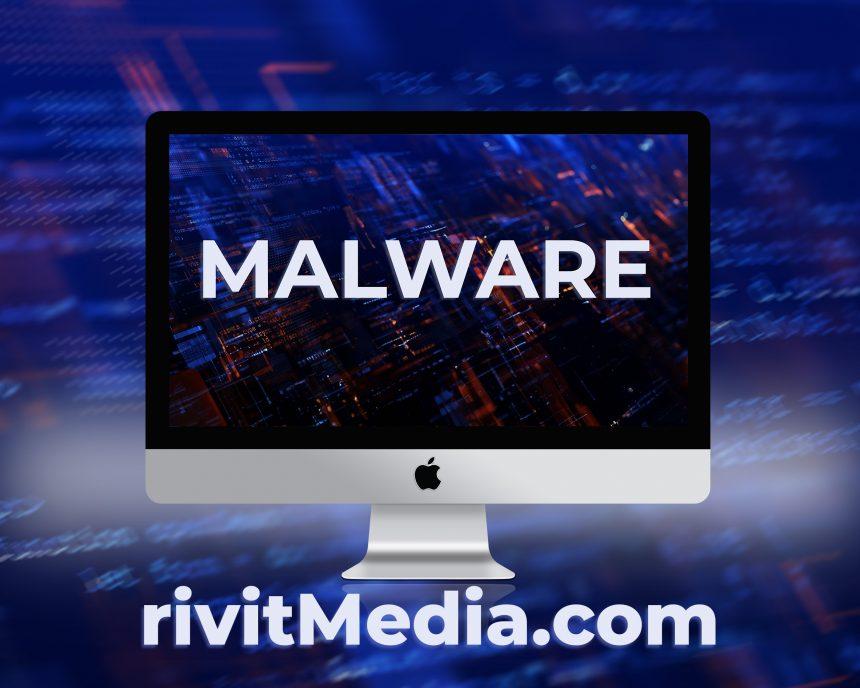In the labyrinth of cyberspace, threats lurk in the shadows, waiting to pounce on unsuspecting users. One such menace is the UniversalUpdater malware, a cunning infiltrator capable of wreaking havoc on your system. In this article, we’ll delve into the intricacies of this cyber threat, exploring its modus operandi, consequences, detection methods, and, most importantly, how to eradicate it from your device. Additionally, we’ll equip you with essential tips to shield yourself from future infections.
Understanding UniversalUpdater: Unveiling the Threat
UniversalUpdater is a notorious malware variant notorious for its stealthy infiltration tactics and destructive capabilities. Once it infiltrates a system, it often disguises itself as a legitimate updater tool or software component, tricking users into unwittingly installing it. Once inside, it establishes a foothold, allowing it to carry out its nefarious activities undetected.
Actions and Consequences: The Impact of UniversalUpdater
Upon successful infiltration, UniversalUpdater can unleash a myriad of detrimental effects. It may initiate unauthorized downloads and installations of additional malicious software, compromise system security by opening backdoors for remote access, harvest sensitive user data for illicit purposes, and degrade system performance through resource-intensive processes. Moreover, it can render your device vulnerable to other cyber threats, exacerbating the risk of further compromise.
Detection Names and Similar Threats
UniversalUpdater may go by various detection names depending on the antivirus or security software used. Some common detection names associated with this malware include:
- Trojan.GenericKD
- Backdoor.Win32.UniversalUpdater
- W32/UniversalUpdater
- TrojanDownloader:Win32/UniversalUpdater
Similar threats to be wary of include Trojan horses, backdoors, and downloader malware, which share UniversalUpdater’s propensity for stealthy infiltration and malicious intent.
Removing UniversalUpdater: A Comprehensive Guide
Eradicating UniversalUpdater from your system requires a systematic approach. Follow these steps diligently to purge your device of this insidious malware:
- Enter Safe Mode: Reboot your computer and press F8 repeatedly to access the Advanced Boot Options menu. Select “Safe Mode” to boot into a secure environment.
- Disable Startup Processes: Open Task Manager (Ctrl + Shift + Esc), navigate to the “Startup” tab, and disable any suspicious processes related to UniversalUpdater.
- Uninstall Suspicious Programs: Go to Control Panel > Programs > Uninstall a Program, and uninstall any recently installed programs that seem suspicious or unfamiliar.
- Delete Malicious Files: Use File Explorer to navigate to the following directories and delete any files associated with UniversalUpdater:
- C:\Program Files
- C:\ProgramData
- C:\Users\YourUsername\AppData\Roaming
- Reset Web Browsers: UniversalUpdater often tamper with browser settings. Resetting your browsers to default settings can help eliminate malicious extensions or changes made by the malware.
- Scan with Antivirus Software: Run a thorough scan of your system using reputable antivirus software to detect and remove any remaining traces of UniversalUpdater.
- Restart Your Computer: Once the scan is complete and all malicious components are removed, restart your computer to ensure the changes take effect.
Preventing Future Infections: Best Practices
Prevention is the best defense against malware infections. Here are some proactive measures to safeguard your system against UniversalUpdater and similar threats:
- Stay Vigilant: Exercise caution when downloading software or clicking on links, especially from unfamiliar or suspicious sources.
- Keep Software Updated: Ensure your operating system, software applications, and antivirus programs are up to date with the latest security patches and definitions.
- Use a Firewall: Enable a robust firewall to monitor and filter incoming and outgoing network traffic, thwarting unauthorized access attempts.
- Enable User Account Control (UAC): UAC helps prevent unauthorized changes to your computer by prompting you for permission when a task requires elevated privileges.
- Backup Your Data: Regularly backup your important files and data to an external hard drive or cloud storage service to mitigate the impact of a potential malware attack.
By implementing these preventive measures and remaining vigilant, you can fortify your defenses against UniversalUpdater and other cyber threats, preserving the integrity of your system and safeguarding your sensitive information.




